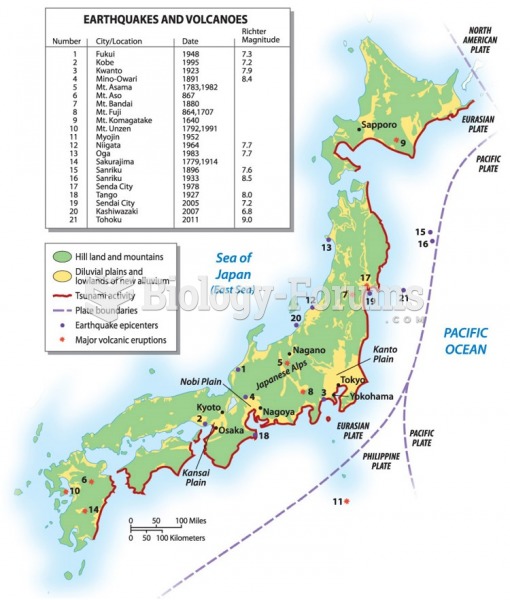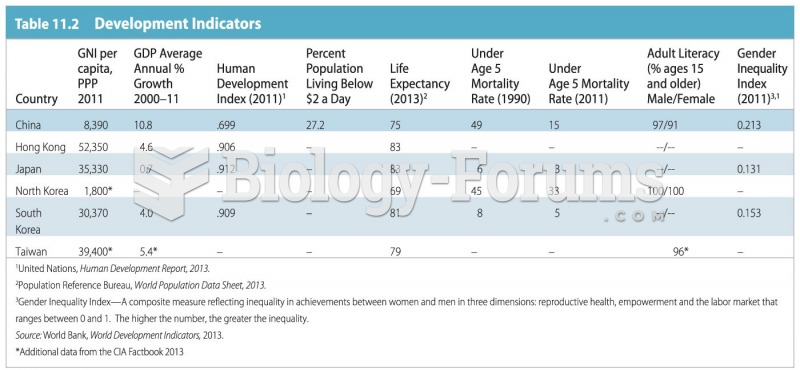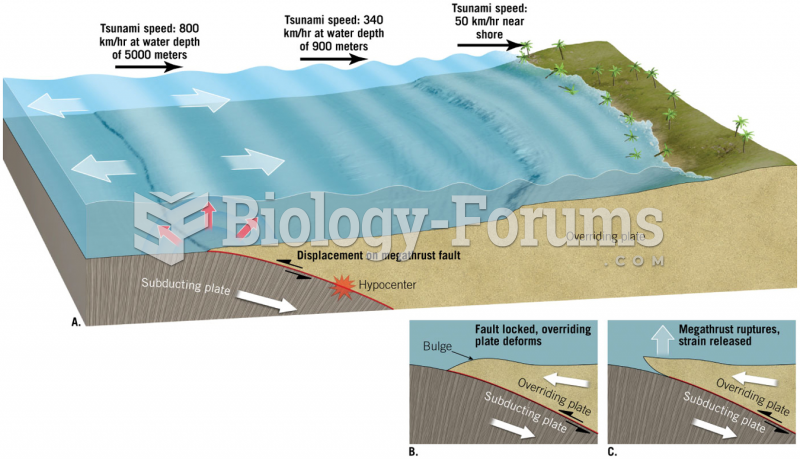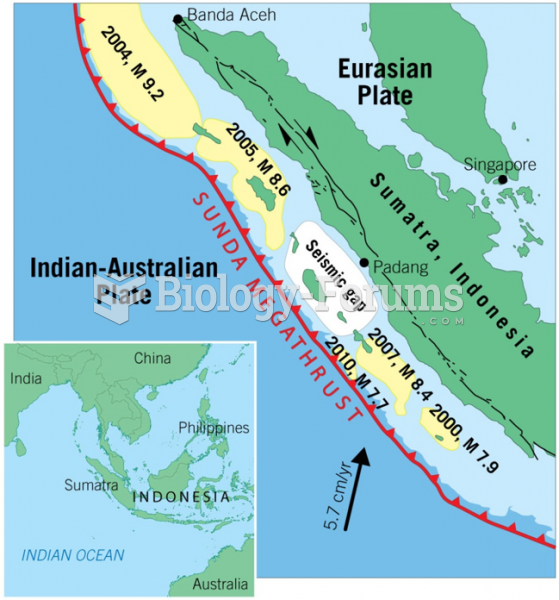Answer to Question 1
Although the reactors at Fukushima shut down properly during the disaster, a power outage as a result of the Tsunami prevented the cooling of spent fuel rods. This led to the buildup of hydrogen gas and explosions that sent radioactive products into the atmosphere around the reactor. Because of the release of radioactive products, the people living within a 12-mile radius of the reactor (approximately 75,000 people) were evacuated and displaced. The land in the 12-mile radius is expected not to recover, so there will be a loss of homes, land, and money for the Japanese people in this area as a result of the disaster. On a grander scale, the response of shutting down many nuclear reactors in Japan will affect the Japanese people as their power generation is shifted to other dirtier power sources.
Answer to Question 2
Critical number is the minimum size of a population below which it will not reproduce. The survival of the species is unlikely below the critical number. The carrying capacity is a characteristic of an ecosystem and is the upper limit to the population of any particular species that an ecosystem can support. . . . Therefore, the critical number is the smallest number of individuals within a species that is required for the species survival while the carrying capacity is the largest number of individuals within a species that an ecosystem can support. Carrying capacity is a characteristic of an ecosystem, while critical number is a characteristic of the species. Density-dependent factors are those environmental resistance factors that, as the population size increases, contribute to an increase in mortality, (such) that population growth ceases or declines. As population size decreases, environmental resistance factors decrease as well, allowing the population to grow again. Density-independent factors are those that cause mortality irrespective of the population density. The population size can be small or large and the factor will have the same effect (e.g., a sudden, hard freeze will kill plants, seeds, or animals irrespective of the population size).







